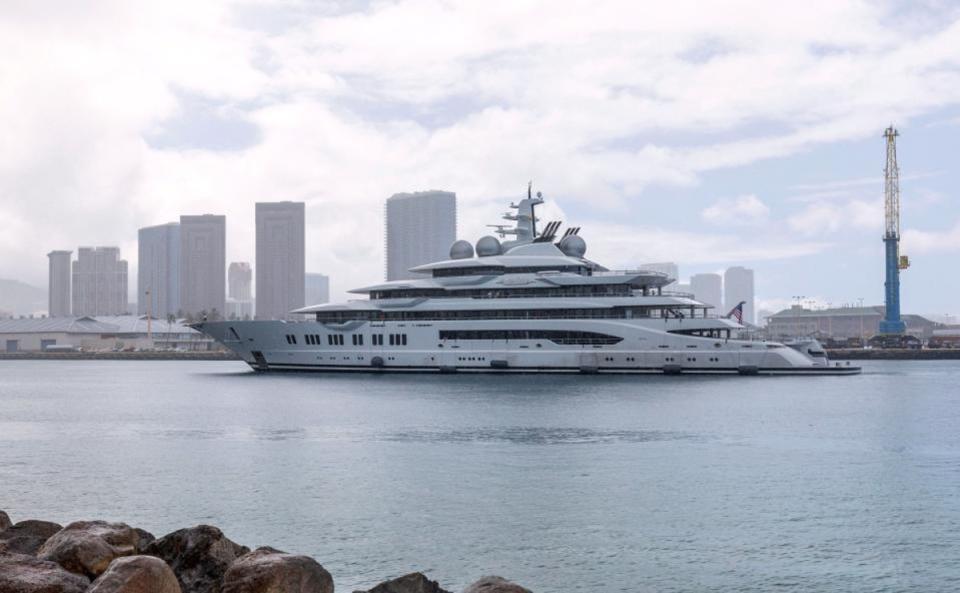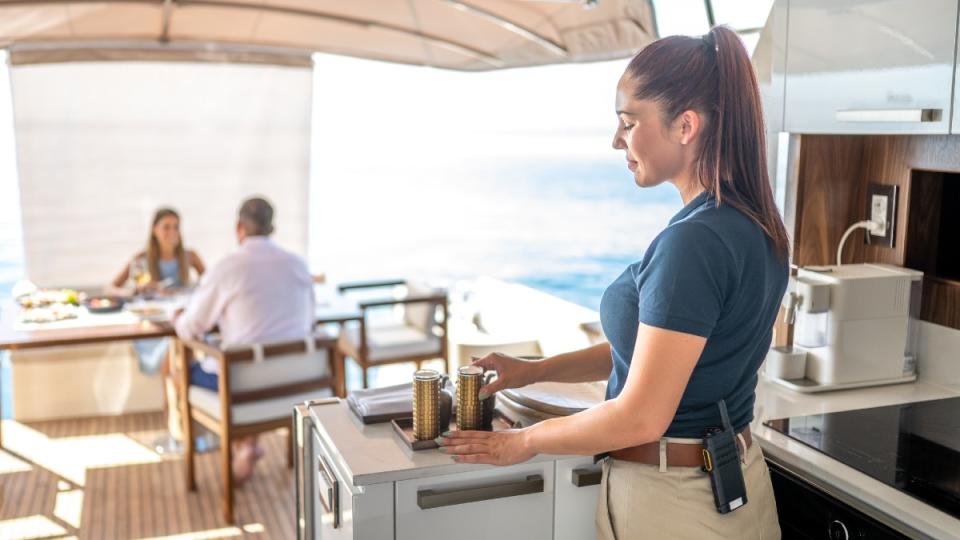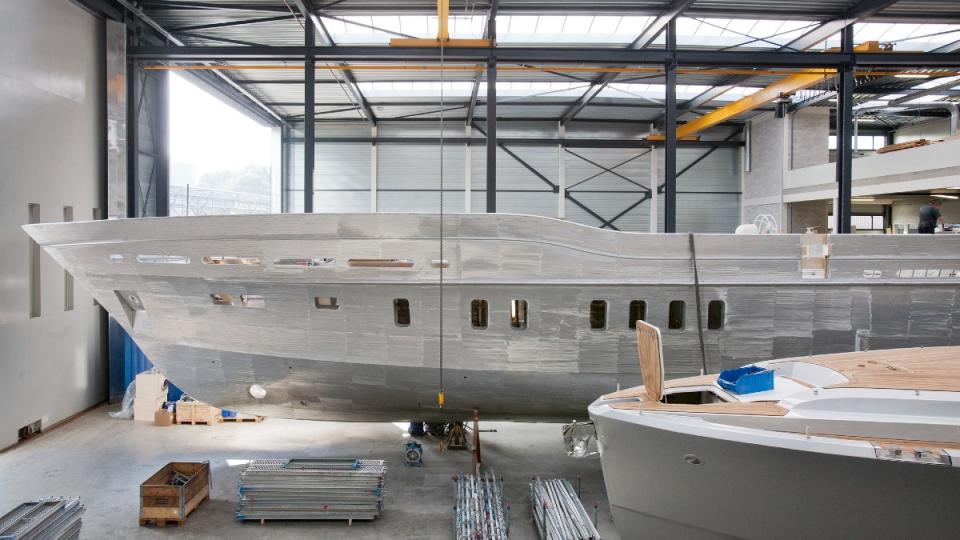Superyacht sales fell 17 percent last year, according to an industry report. The annual survey by SuperYacht Times found that rising costs, long wait times, and the exclusion of Russian oligarchs from the superyacht world all contributed to the decline in new orders.
The annual State of Yachting report found that 203 superyacht sales were made last year. That’s down from 245 in 2022 and a record 313 the year before that. A superyacht is defined as any yacht over 90 feet.
More from Robb Report
Ralph Dazert, head of intelligence at SuperYacht Times, told CNBC that a number of factors contributed to the decline, such as the costs of operating a yacht—including running a crew, provisions and fuel—as well as post-Covid jumps in labor and material prices during the build process. The yachting industry has also been impacted by supply-chain issues that have rocked manufacturing in other sectors for two years.

Dazert added that backlogs of builds that started during record demand three to four years ago are also impacting the decision to buy. A buyer ordering a yacht today could wait more than four years before taking delivery, especially if the yacht is a bespoke vessel.
The top of the market has been most effected, according to the report, with orders for yachts between 200 and 600 feet, declining by 40 percent. Smaller vessels between 100 and 200 feet also saw order drops, but they were not as dramatic. Dazert said he expects sales this year to decline a “little bit.”
The exodus of Russian oligarchs who, along with Middle Eastern royalty, typically buy the largest, most expensive vessels, also contributed to last year’s order downturn. “The Russians were prone to ordering very extravagant and very large yachts,” Dazert told CNBC.

Shortly after Russia’s invasion of Ukraine, the U.S. and EU governments created an international sanctions list of Russian oligarchs supporting the regime and began to impound superyachts around the world. The sanctions targeted some very famous yachts, including Roman Abramovich’s Solaris and Eclipse, both of which escaped seizure as well as vessels that were impounded, such as the 348-foot Amadea and 255-foot Tango.
Many of these impounded vessels remain “frozen” in marinas around the world, waiting for some resolution in their status. Amadea, for instance, is costing the U.S. government nearly $1 million each month to maintain in San Diego, as federal prosecutors seek to put the boat up for sale. Other oligarchs have sailed their yachts to friendly havens such as Dubai or Istanbul, where those governments, instead of seizing yachts, have welcomed them.
Despite the shortfall in orders, the superyacht market remains buoyant. Thanks to record demand during the pandemic, superyacht deliveries last year numbered 202, up 31 percent from the previous year’s record of 278. There are now nearly 6,000 superyachts, three times as many as 2002, according to the report. “The pool of customers has expanded permanently,” Dazert said.
Best of Robb Report
Sign up for Robb Report’s Newsletter. For the latest news, follow us on Facebook, Twitter, and Instagram.
Click here to read the full article.
Credit: Source link
